The combined application of prefabricated buildings and green steel structures
Prefabricated building with its efficient mode of factory prefabrication and on-site assembly, has overturned the century old tradition of on-site masonry and pouring. Green steel structures, with their high recycling rate, low energy consumption, and strong adaptability, have become the core carrier for achieving carbon reduction throughout the entire life cycle of buildings. The deep integration of the two is not only the direction of industry upgrading, but also the key to solving the high emissions, low efficiency, and difficult circulation dilemma of the global construction industry.
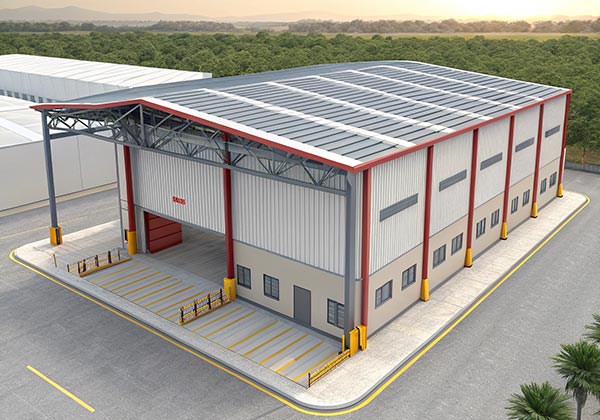
I. The value of prefabricated green steel structures
According to data from the International Energy Agency (IEA), the global construction industry accounts for as much as 37% of carbon emissions, with building materials production (steel, cement, etc.) accounting for 11%, construction accounting for 5%, and operation and maintenance accounting for 21%. The traditional cast-in-place building model has become a major disaster area for carbon reduction due to its reliance on high energy consuming building materials (such as cement), on-site wet work pollution (dust, wastewater), and long construction periods (averaging 18-24 months).
The combination of prefabricated buildings and green steel structures precisely hits these two pain points:
1. Prefabricated buildings
Prefabricated buildings can reduce 70% of on-site wet operations, 60% of dust emissions, and 80% of wastewater emissions by standardizing the production of components such as walls, floors, beams, and columns in factories, with only bolt connections or welding required on site. According to the British Institute of Building Research (BRE), prefabricated buildings have 35% -45% lower carbon emissions than cast-in-place buildings, and the construction period is shortened by 30% -50%, significantly reducing the fuel consumption of construction machinery.
2. Green steel structure
Steel structure itself is a representative of “recyclable building materials”, with a steel recycling rate of over 90% (concrete only 10%), and production energy consumption only one-third of that of concrete. More importantly, green steel structures can reduce steel consumption through lightweight design (such as using thin-walled H-beams and weather resistant steels), combined with technologies such as photovoltaic integration (BIPV) and ground source heat pumps, further reducing operational energy consumption. According to data from the World Steel Association, the lifecycle carbon emissions of green steel structure buildings can be reduced by more than 50% compared to traditional concrete buildings.
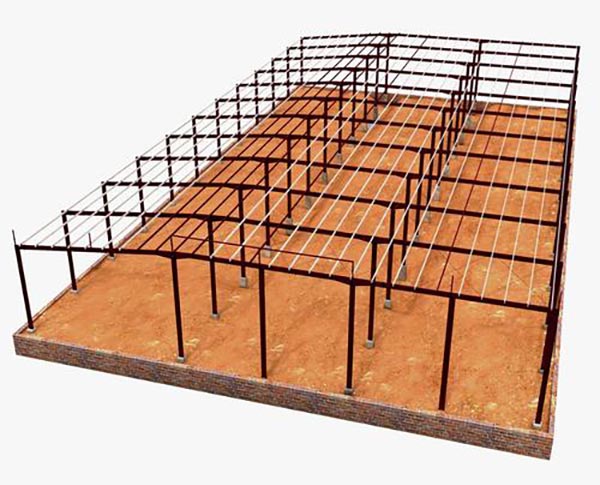
II. Three major application scenarios of prefabricated green steel structures
Currently, emerging markets such as Southeast Asia, the Middle East, and Africa are becoming the core engines of global construction industry growth (according to Global Construction Perspectives, construction investment in emerging markets will account for 60% of the world’s total by 2030), and the climate characteristics of high temperature and humidity, frequent typhoons, and resource shortages in these regions have precisely given rise to explosive demand for prefabricated green steel structures.
1. Tropical climate zone
In Southeast Asia (Indonesia, Thailand), Africa (Nigeria, Kenya) and other regions, the average annual temperature exceeds 30 ℃ and the humidity exceeds 80%. Traditional concrete is prone to cracking and steel structures are prone to corrosion. Prefabricated green steel structures are treated with galvanized steel plates and weather resistant coatings (salt spray test ≥ 2000 hours), and insulated and moisture-proof with rock wool/polyurethane sandwich panels (thermal conductivity ≤ 0.04W/(m · K)), enabling factory prefabrication for rust prevention and rapid on-site assembly, perfectly adapting to tropical climate requirements.
2. Energy transition zone
Middle Eastern countries such as Saudi Arabia and the United Arab Emirates, as well as Latin American countries such as Brazil and Chile, are accelerating their efforts to achieve the “2050 net zero” goal, making photovoltaic building integration (BIPV) a pressing need. The lightweight and high adaptability of green steel structures can be seamlessly integrated with photovoltaic panels. Steel trusses can be directly used as photovoltaic brackets, with reserved installation interfaces for steel components, greatly reducing the cost of BIPV renovation. Taking the “Red Sea New City” project in Saudi Arabia as an example, the storage buildings in its core area adopt prefabricated green steel structures and BIPV design, with an annual power generation capacity that meets 80% of its own electricity demand.
3. Emergency infrastructure zone
After the epidemic, the demand for global emergency medical facilities and post disaster reconstruction has surged (such as the earthquake in Türkiye in 2023 and the flood in Vietnam in 2024). The modular characteristics of prefabricated green steel structures can achieve 72 hours of factory production and 48 hours of on-site assembly. For example, the Chinese aid to Africa medical center project adopts the modular steel structure scheme of Canglong Group, and a single building can be completed from design to delivery in just 15 days, which is 80% shorter than the traditional model.
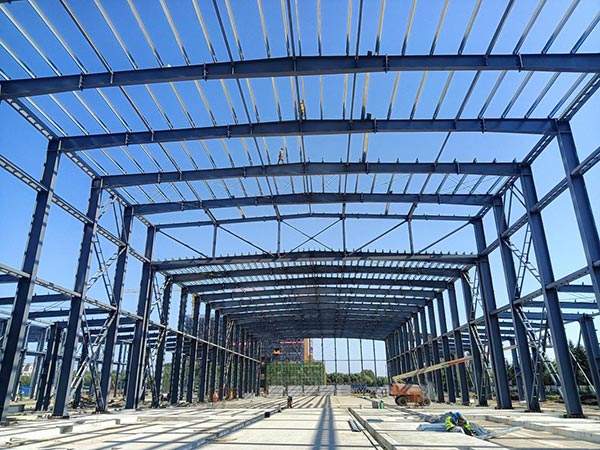
III. Canglong Group sets a new benchmark for global prefabricated green steel structures
Faced with the diversified demands of the global market, Canglong Group has built a full chain service system of research and development, production, delivery, and operation and maintenance with 17 years of deep cultivation in steel structure building technology and precise response to the “dual carbon” policy. It has become the preferred partner for governments and enterprises in Southeast Asia, the Middle East, Africa, and other regions.
Customized green steel structure system
Weather resistant steel components: Adopting a dual protection process of hot-dip galvanizing and fluorocarbon baking paint (zinc content ≥ 275g/㎡, coating film thickness ≥ 50 μ m), with a salt spray test of 2500 hours, suitable for high salt spray environments along the coast.
Efficient insulation core material: independently developed composite rock wool board (density 140kg/m ³, thermal conductivity 0.035W/(m · K)), which reduces weight by 20% compared to ordinary rock wool board and improves insulation efficiency by 30%.
BIPV integration technology: Steel components reserve photovoltaic support interfaces, compatible with mainstream photovoltaic panels (monocrystalline silicon, HJT), achieving integrated design of structure and power generation, reducing BIPV installation costs by 15%.
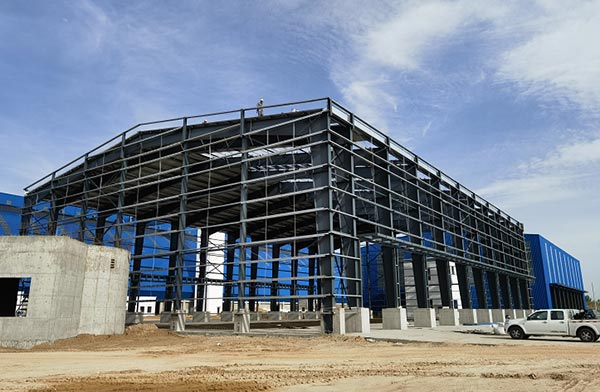
Canglong Group – Global Carbon Reduction Companion for Prefabricated Green Steel Structures
From tropical warehouses in Southeast Asia to photovoltaic logistics parks in the Middle East, from emergency medical centers in Africa to post disaster reconstruction projects in Latin America, Canglong Group’s prefabricated green steel structure solutions have been implemented in over 80 countries worldwide, reducing carbon emissions by over 500000 tons (equivalent to planting 27 million fir trees).
In the wave of low-carbon, efficient, and circular transformation in the global construction industry, Canglong Group is not only a leader in technology, but also a practitioner of “Made in China”. In the future, Canglong will continue to take customer needs as the core and technological innovation as the engine, injecting “Chinese strength” into the green building dreams of more countries and regions.
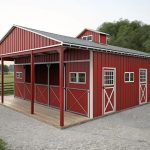
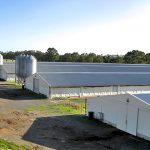
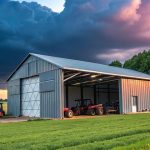
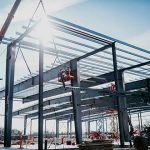
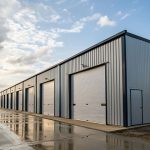
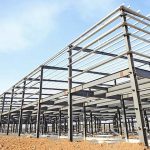
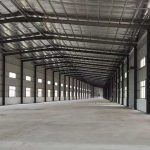
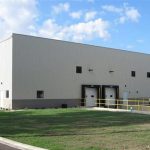
Send us the inquiry form